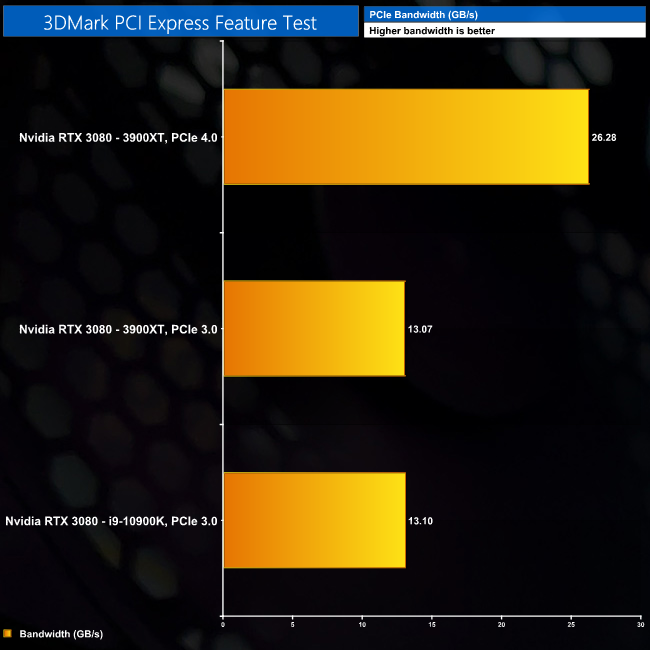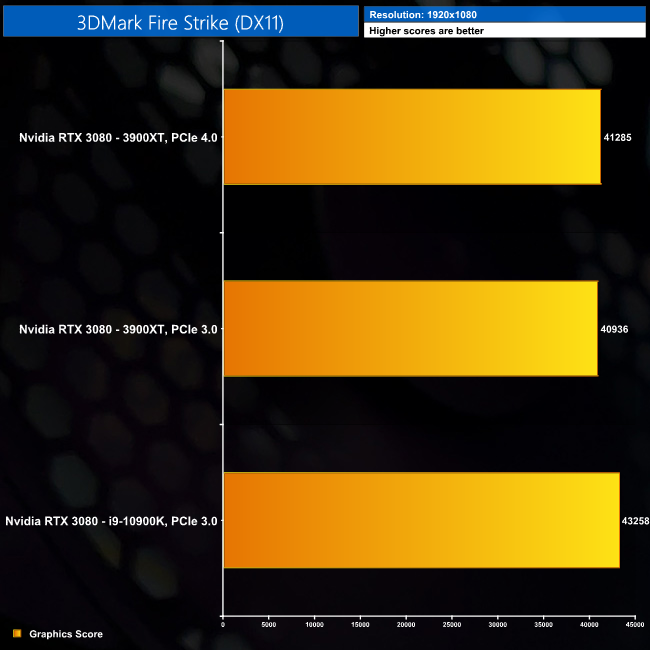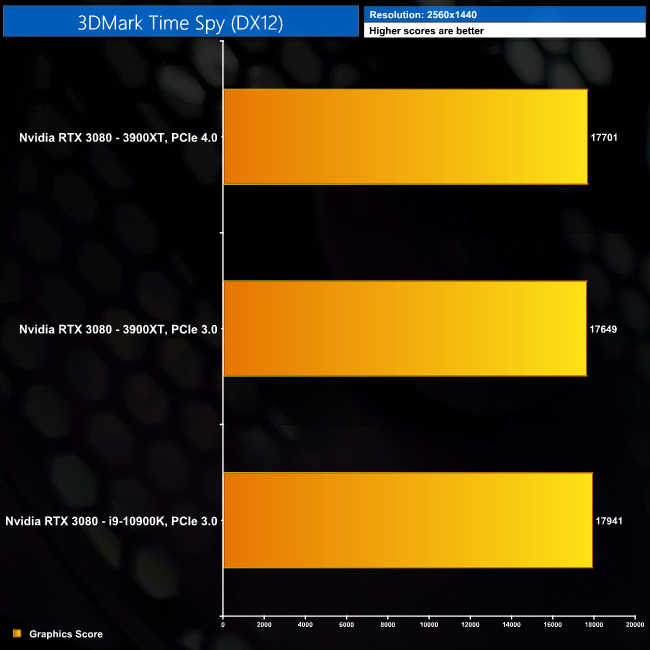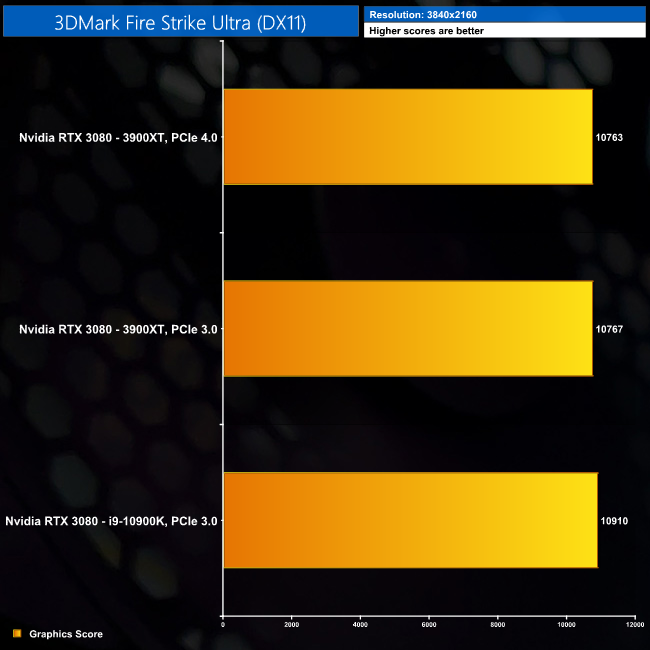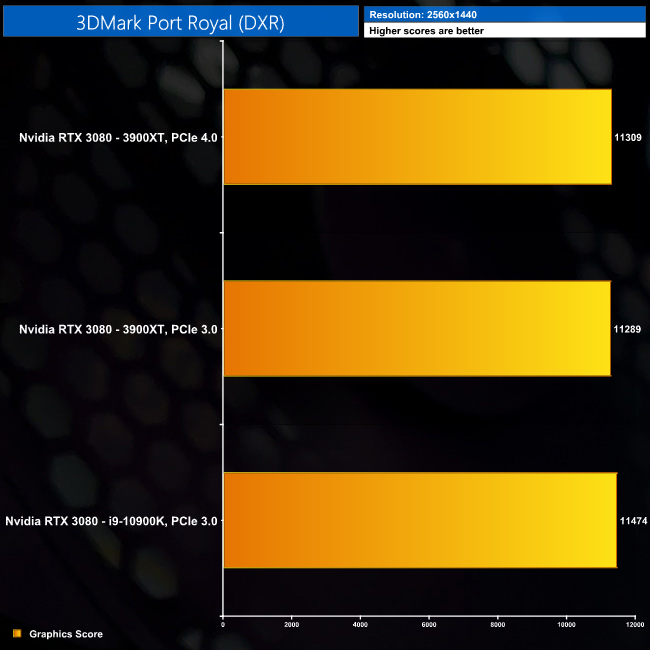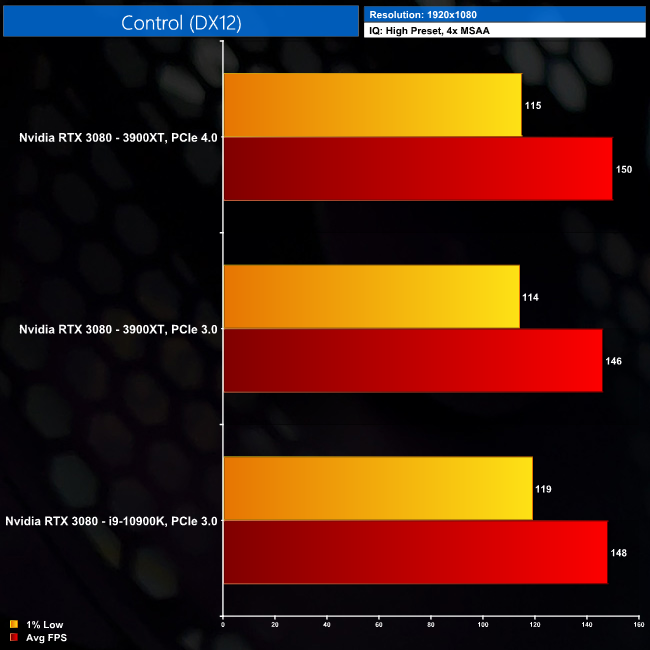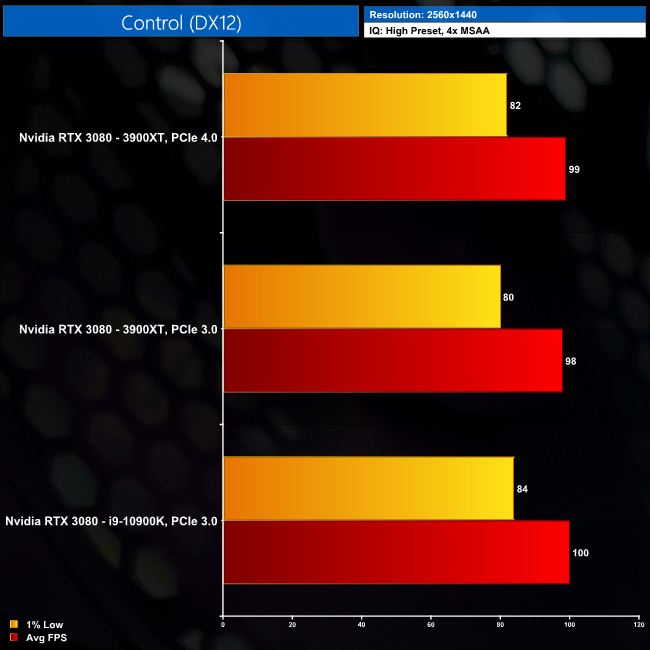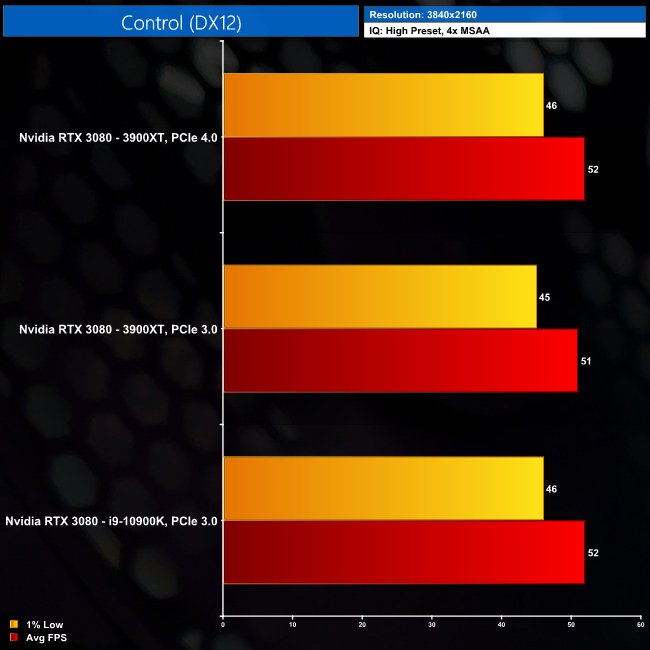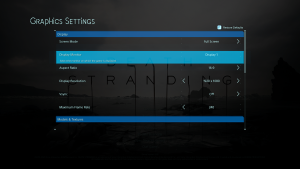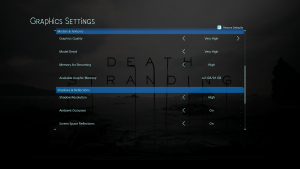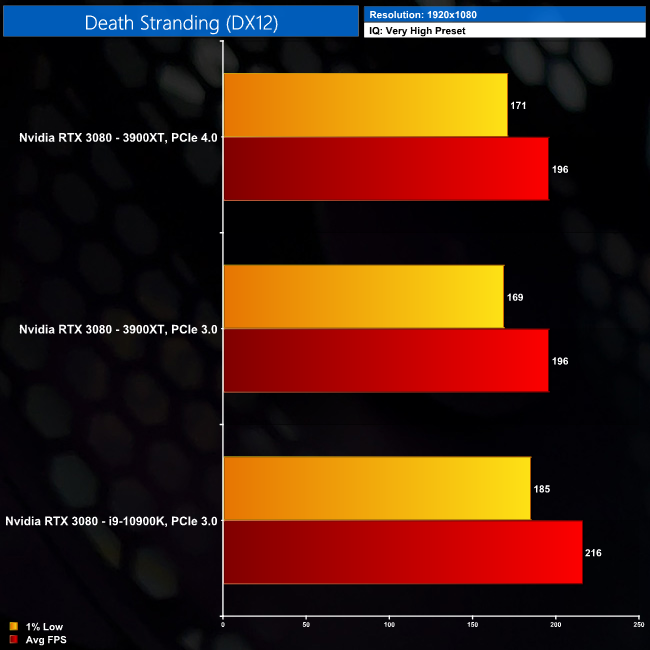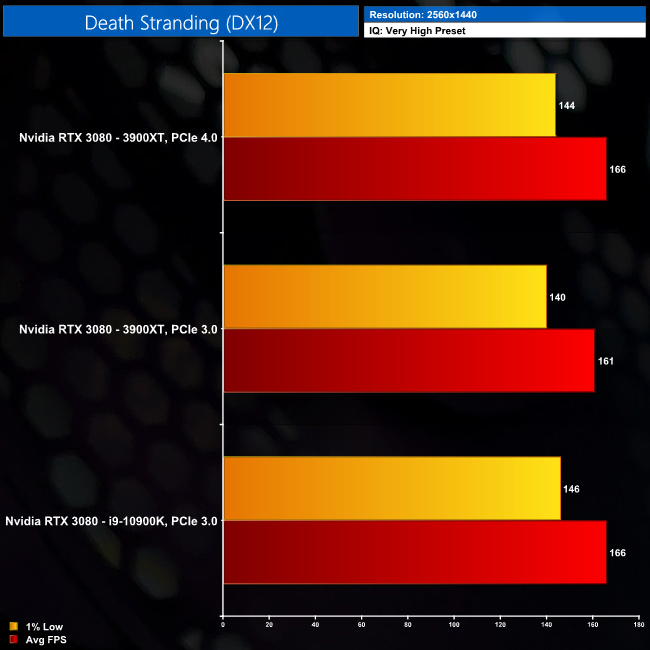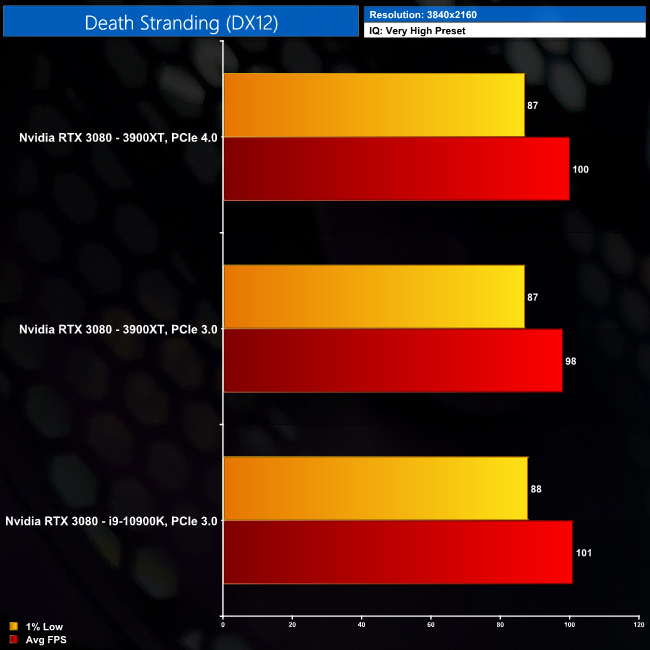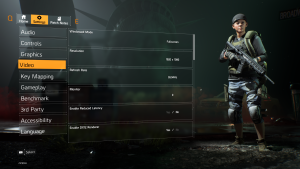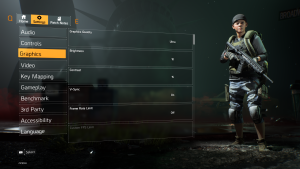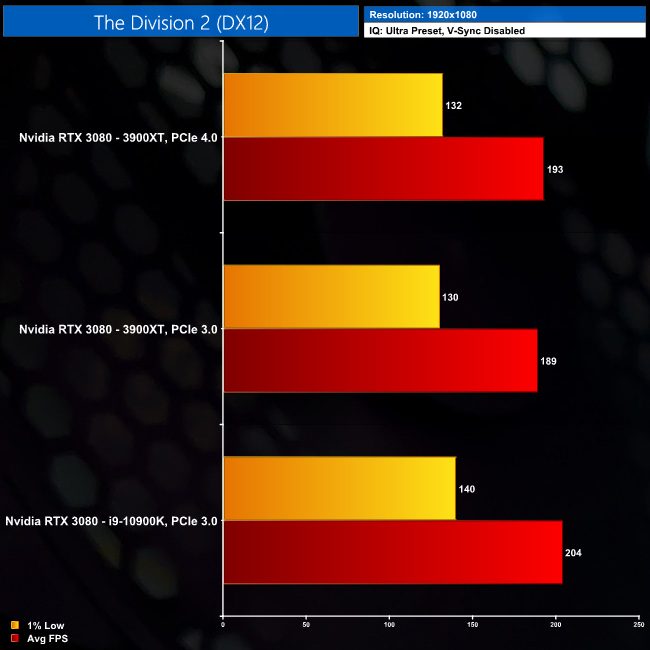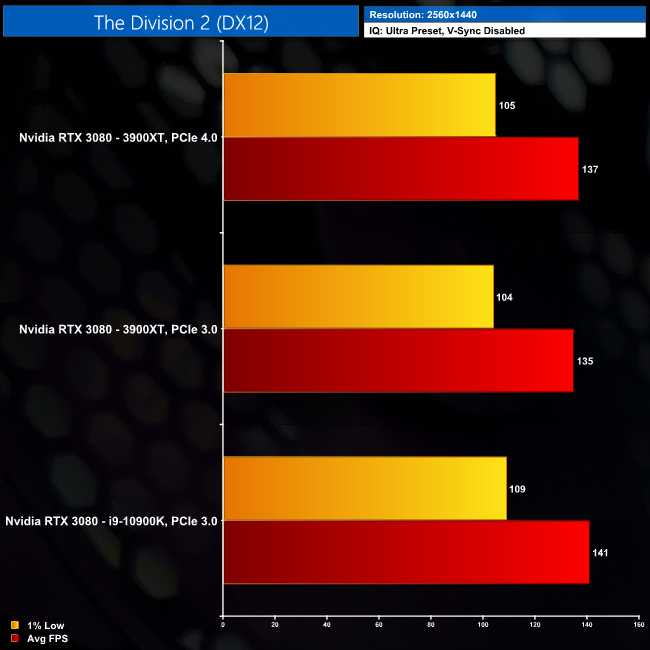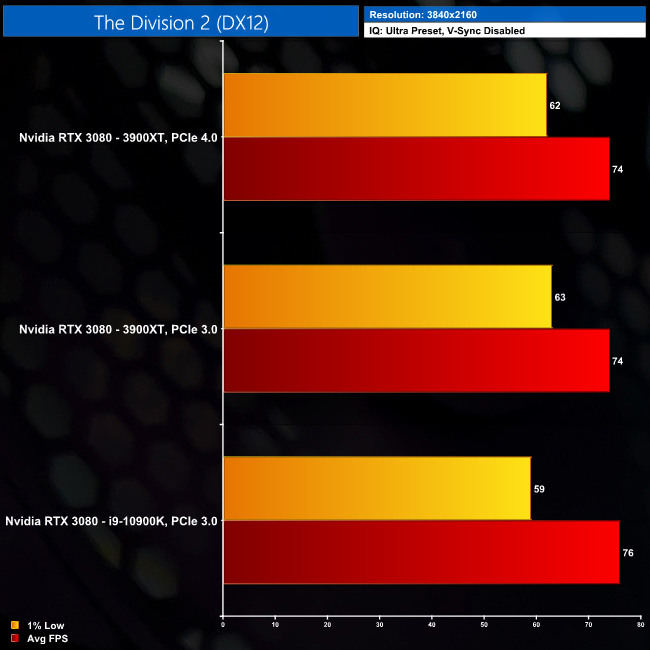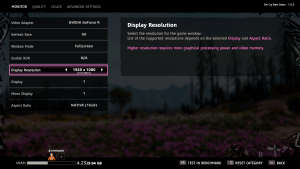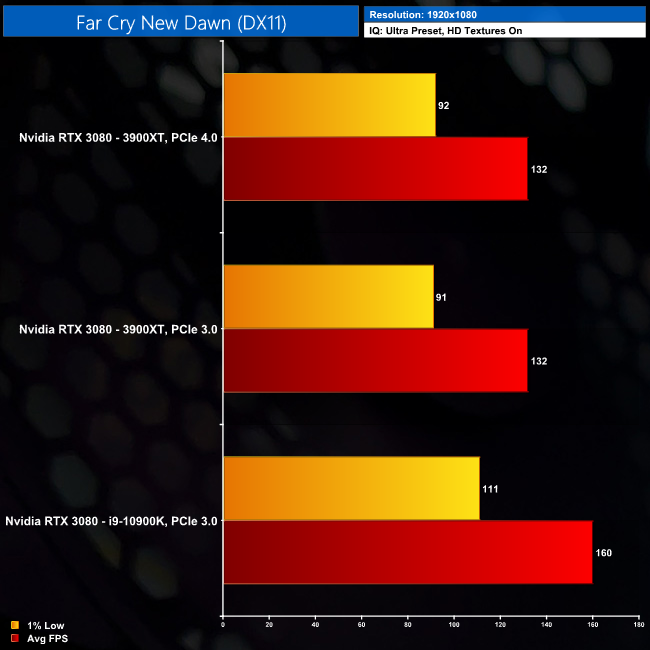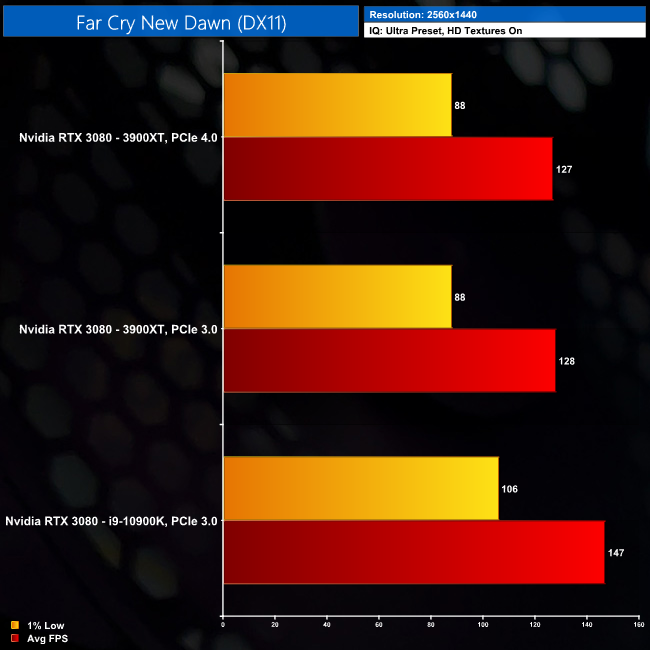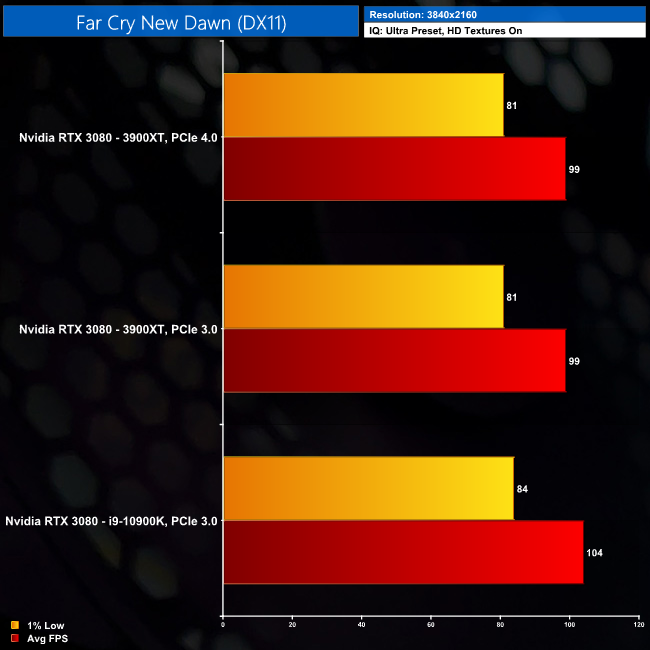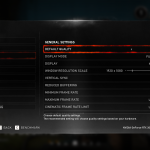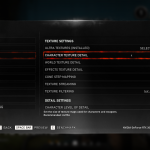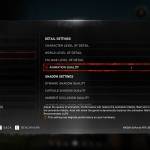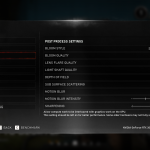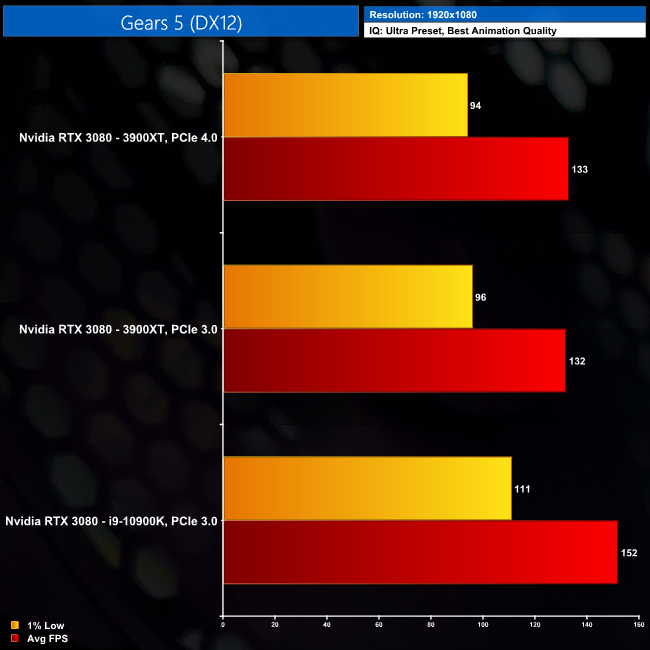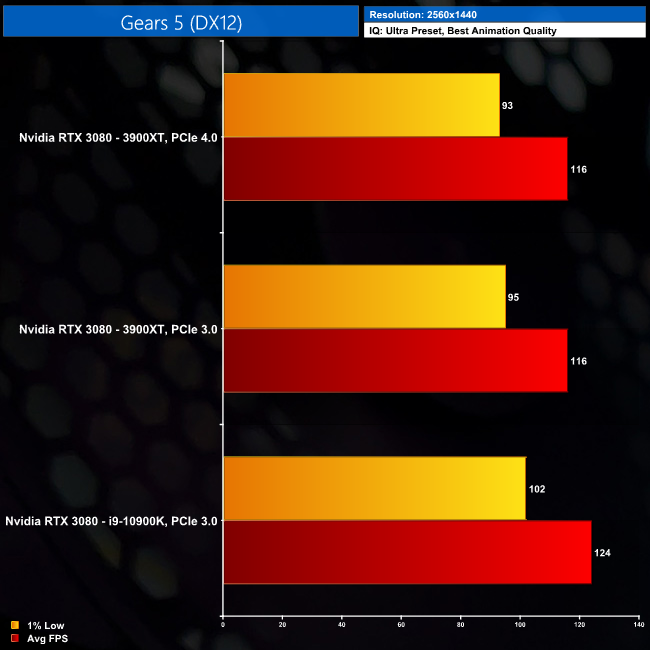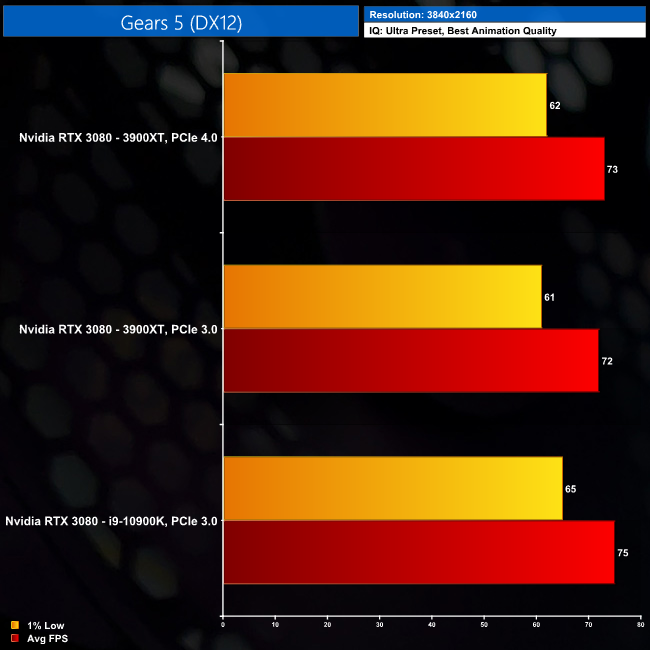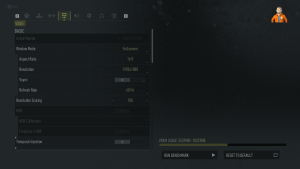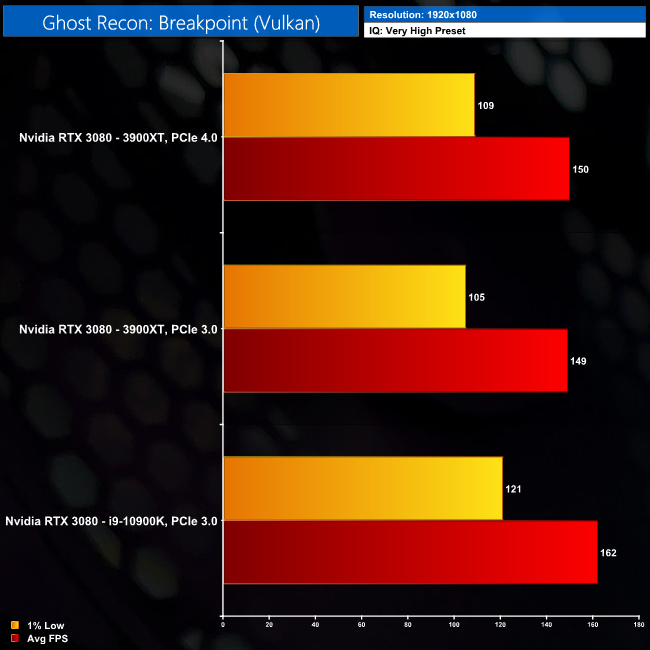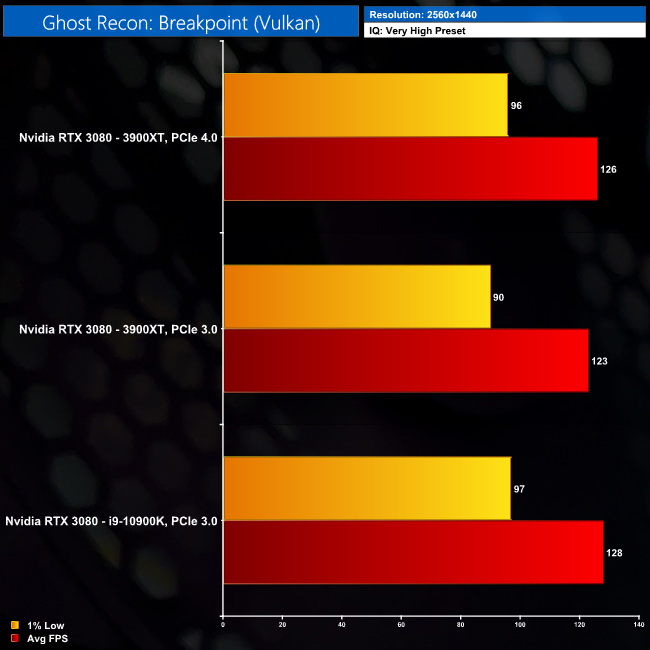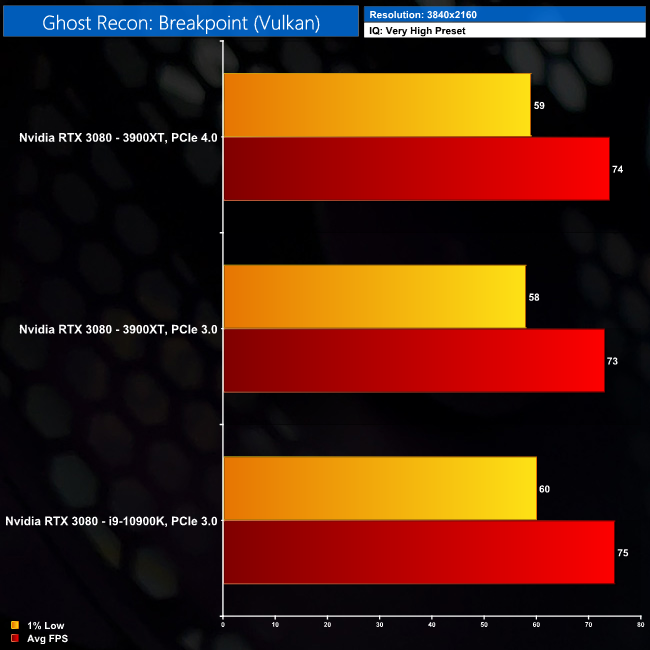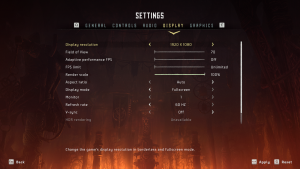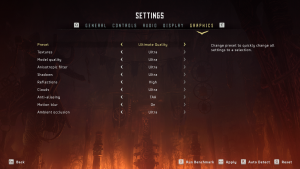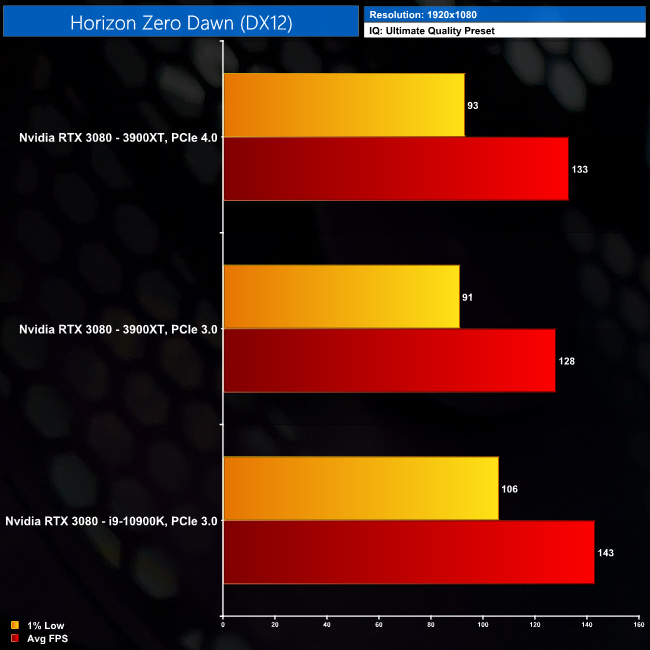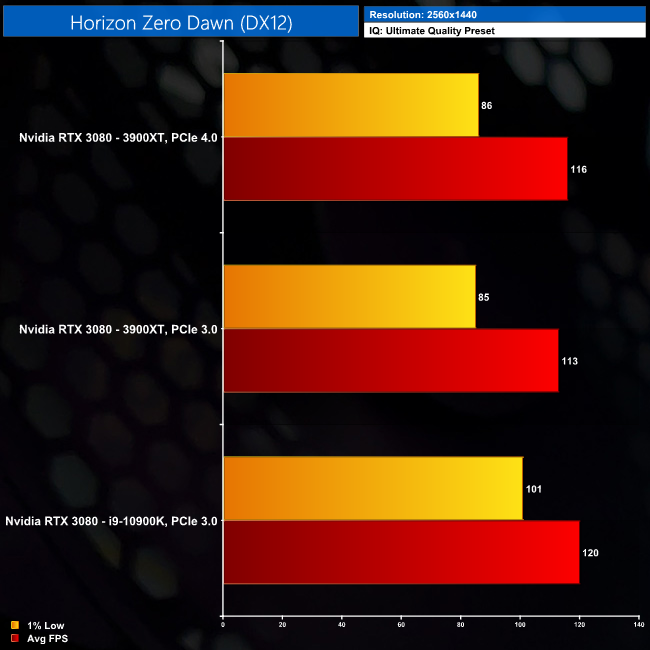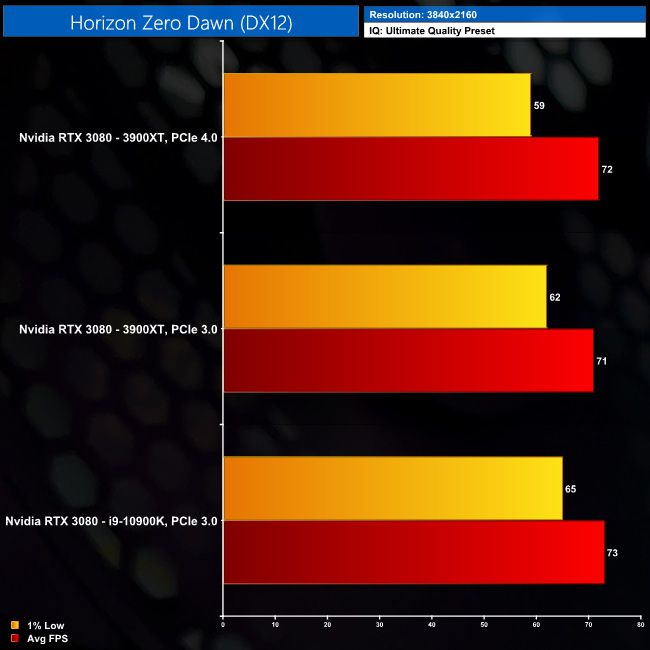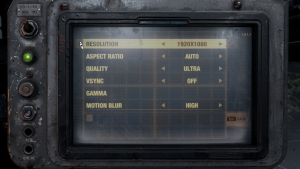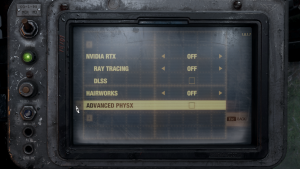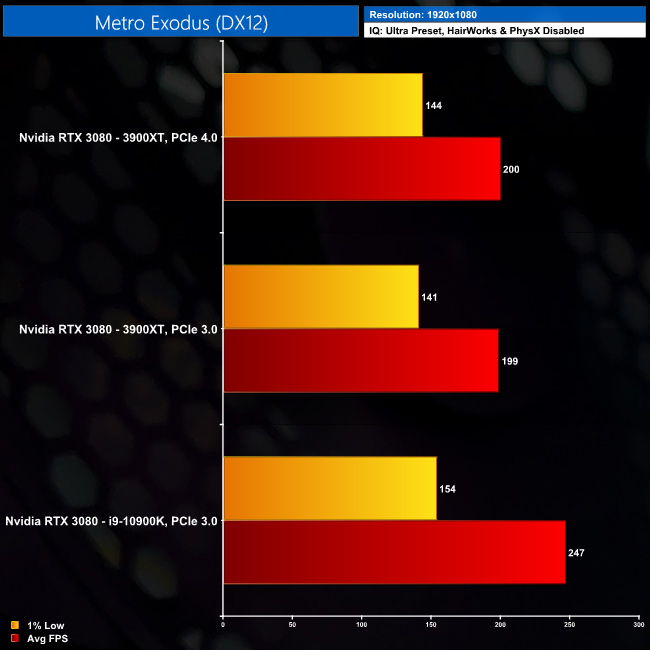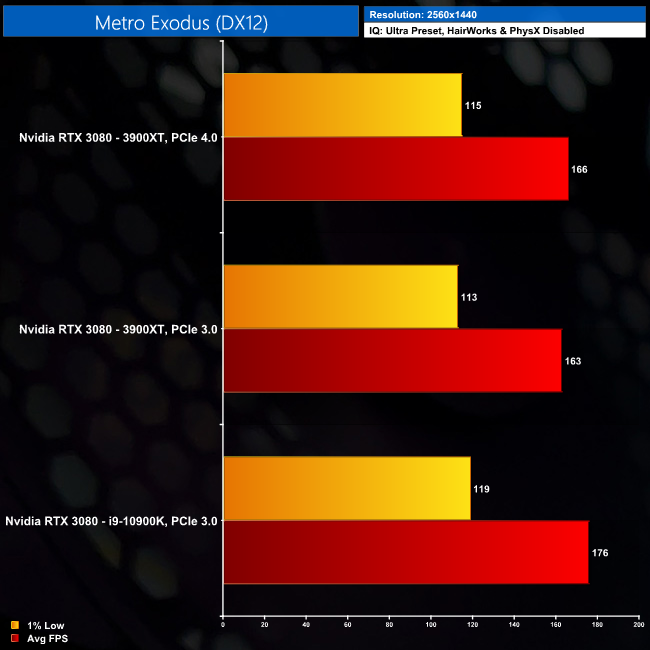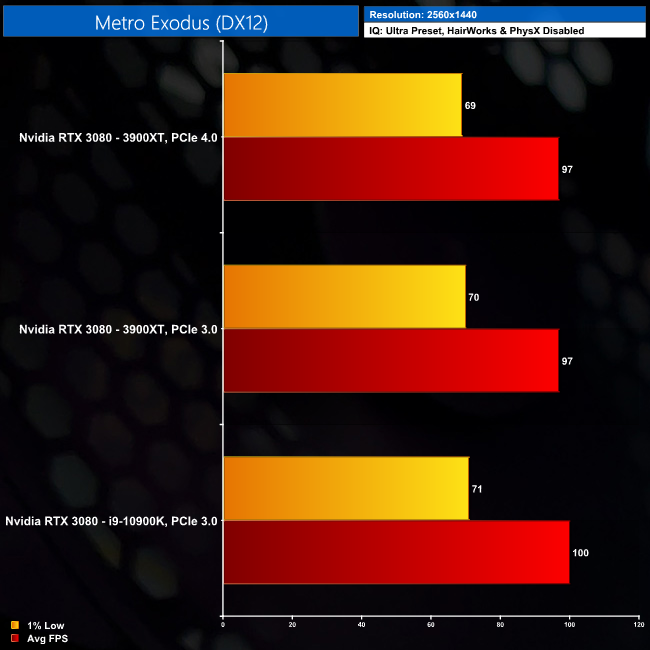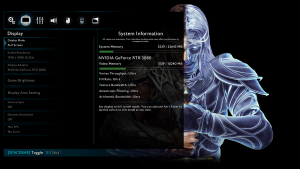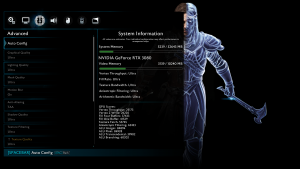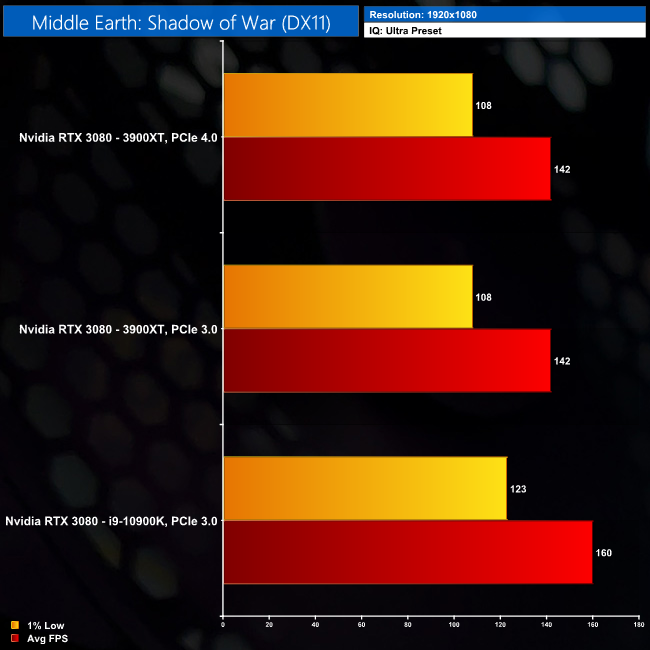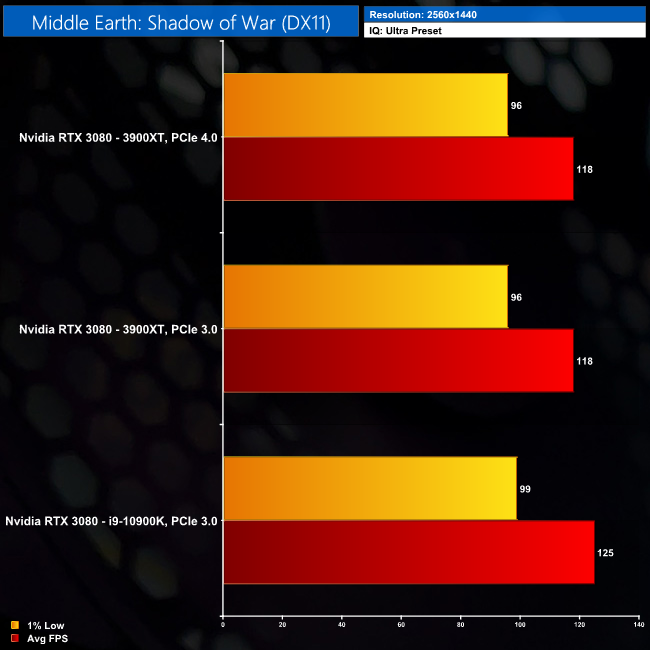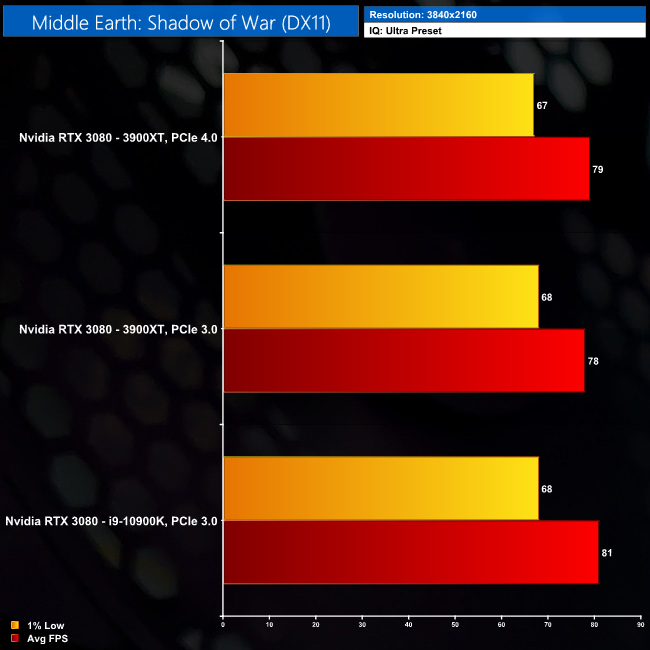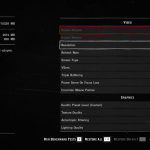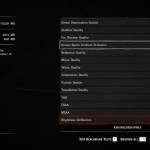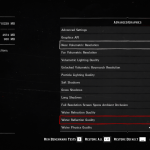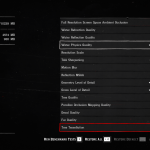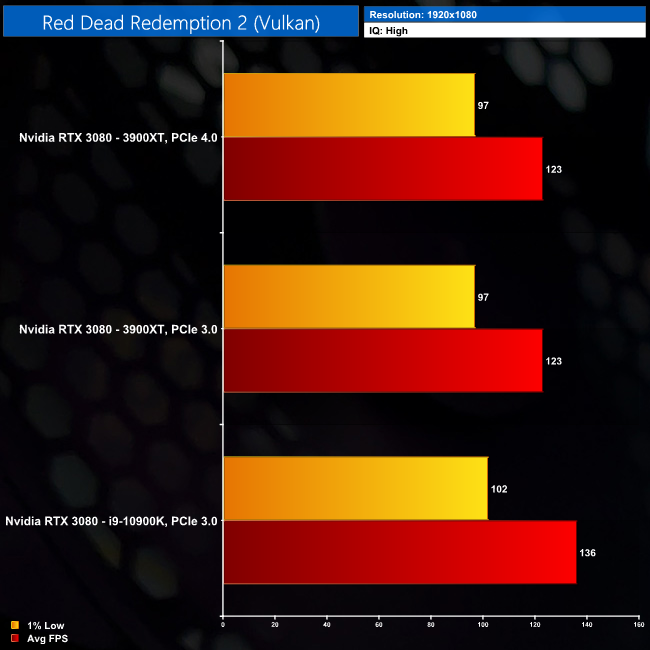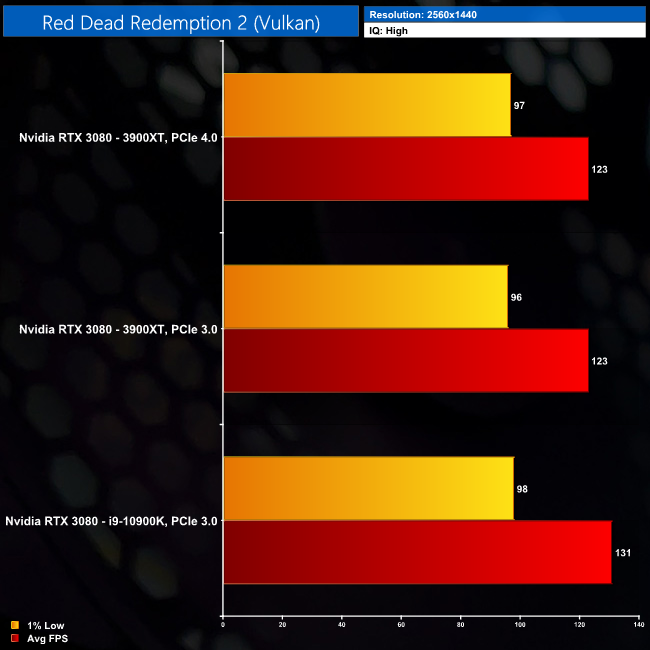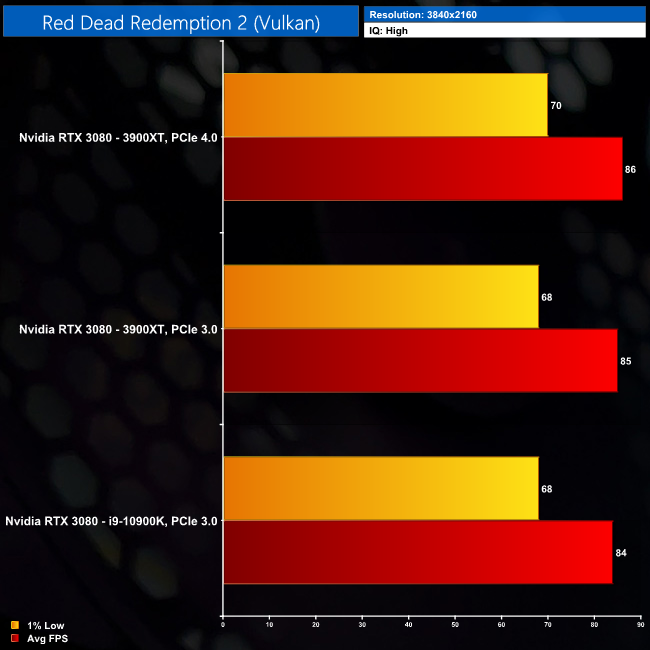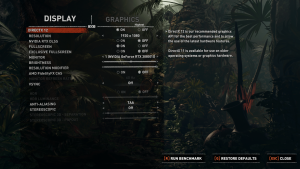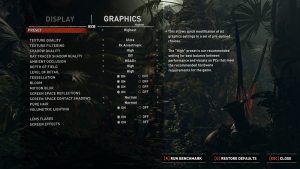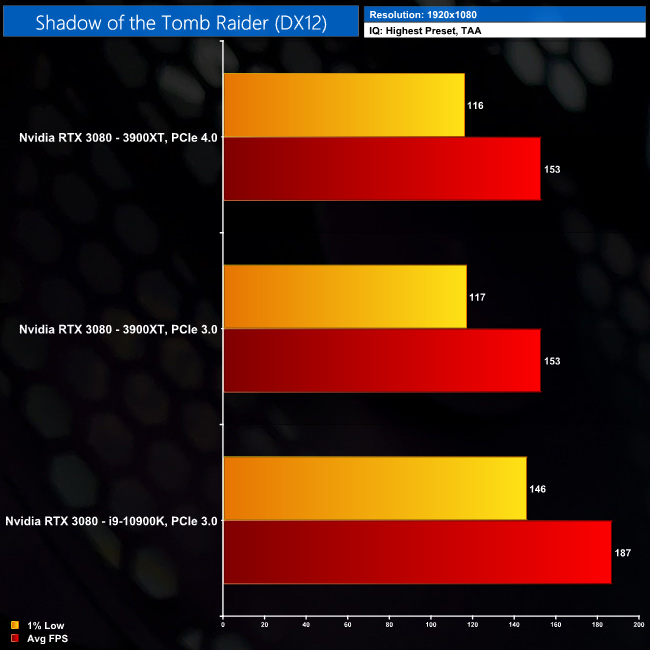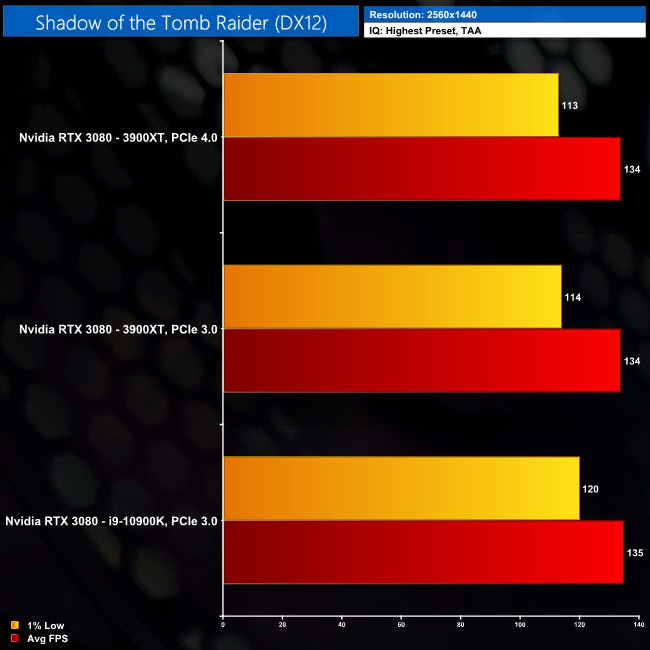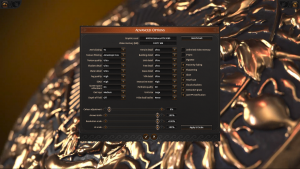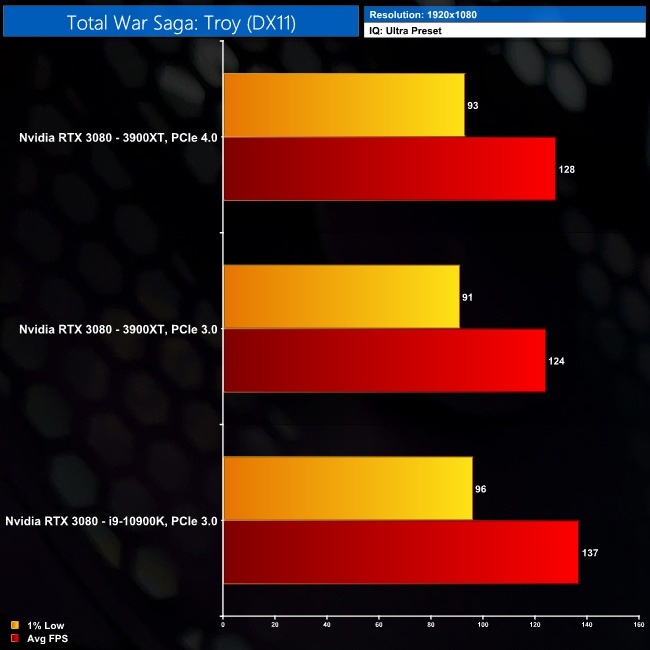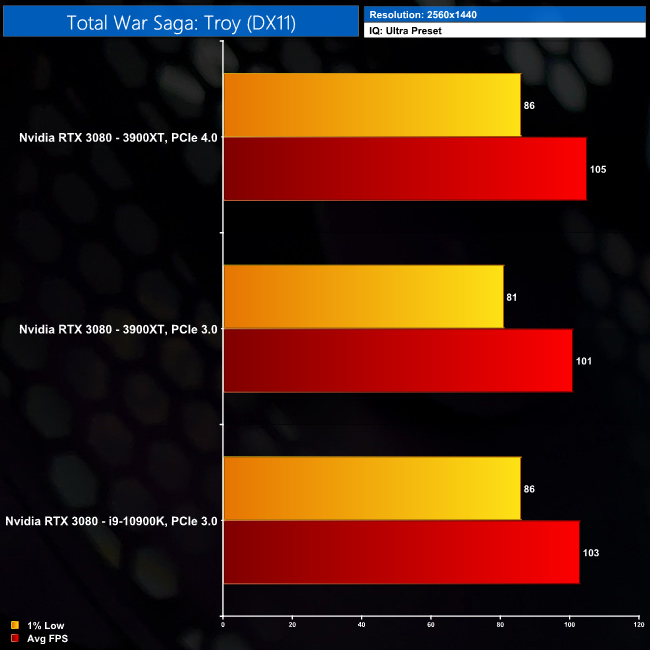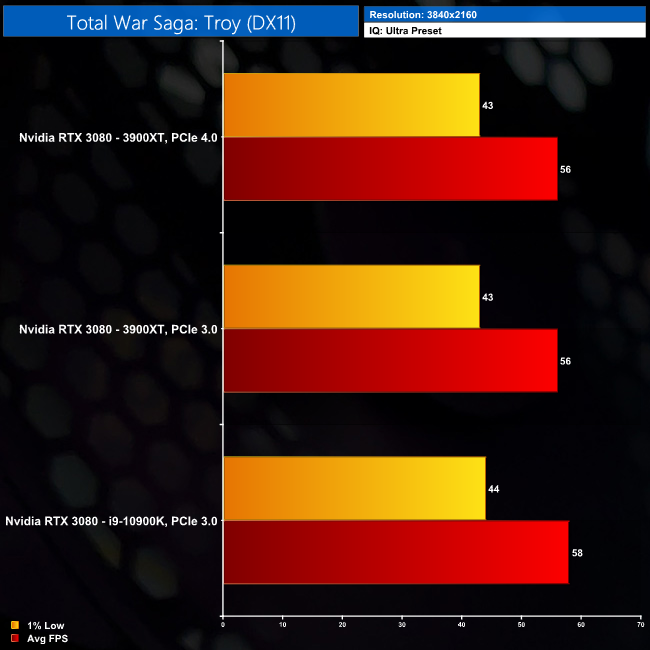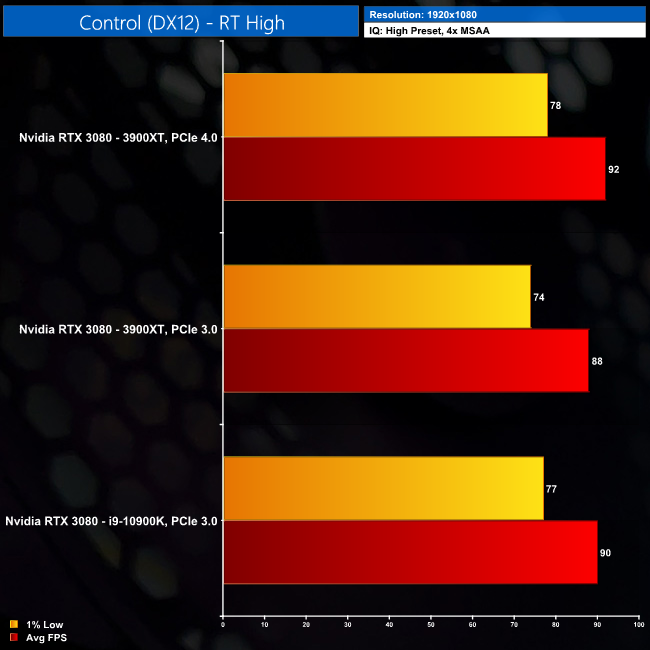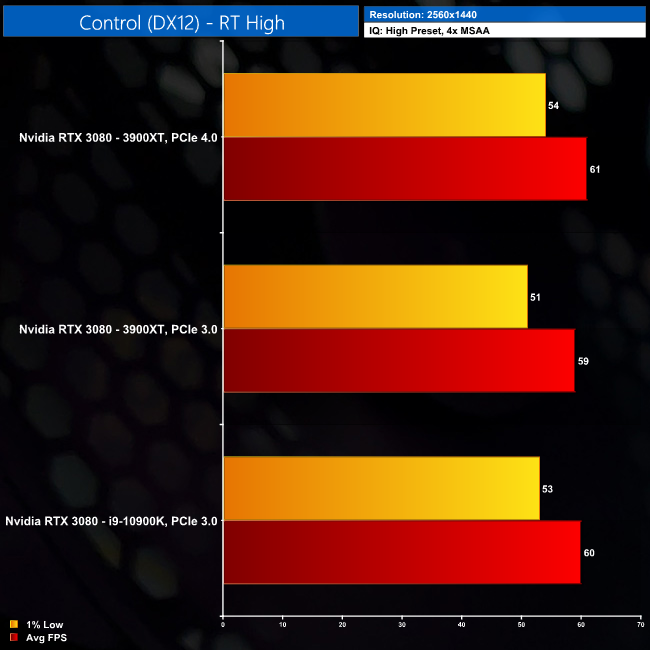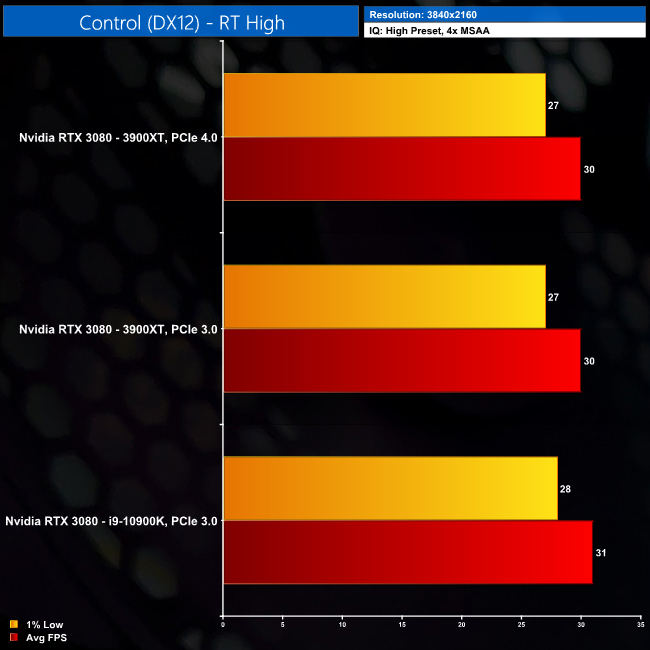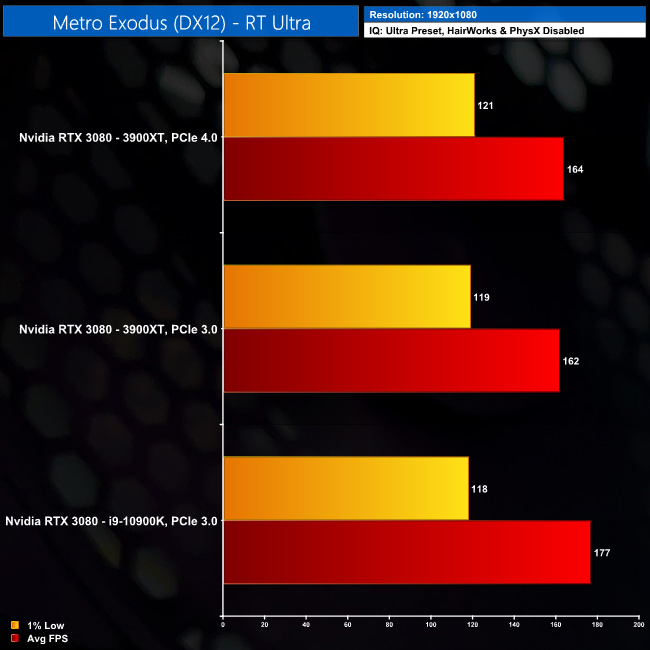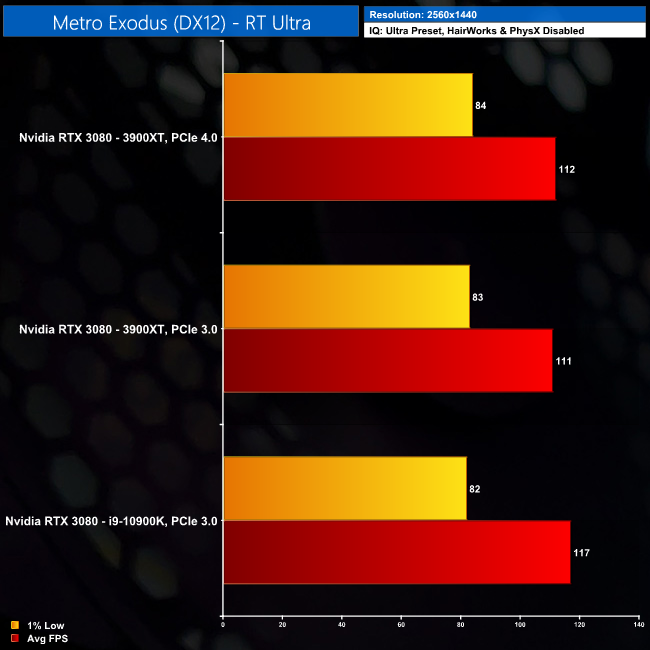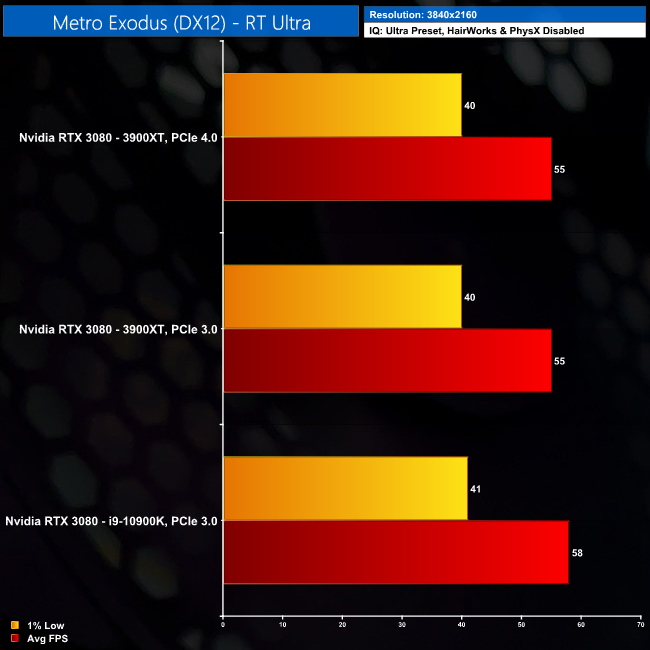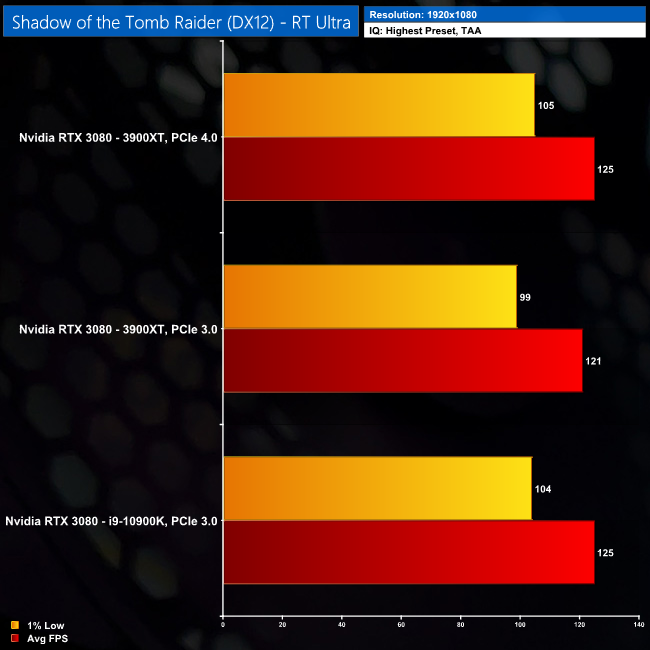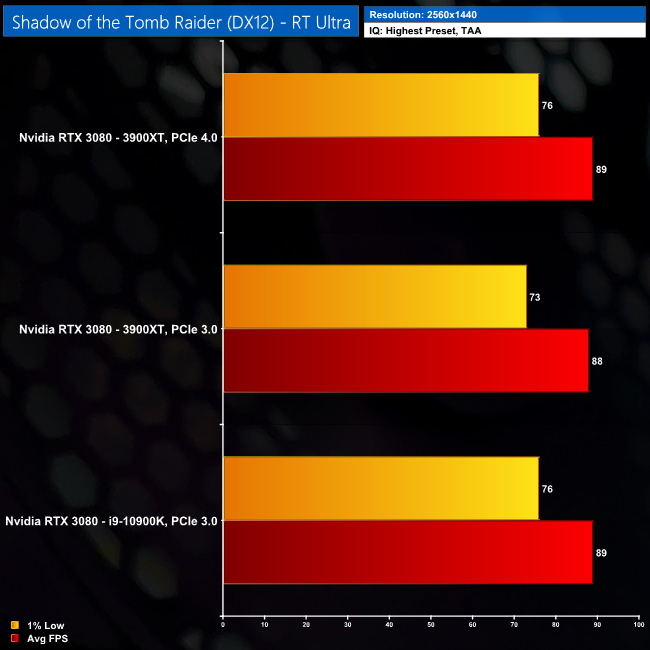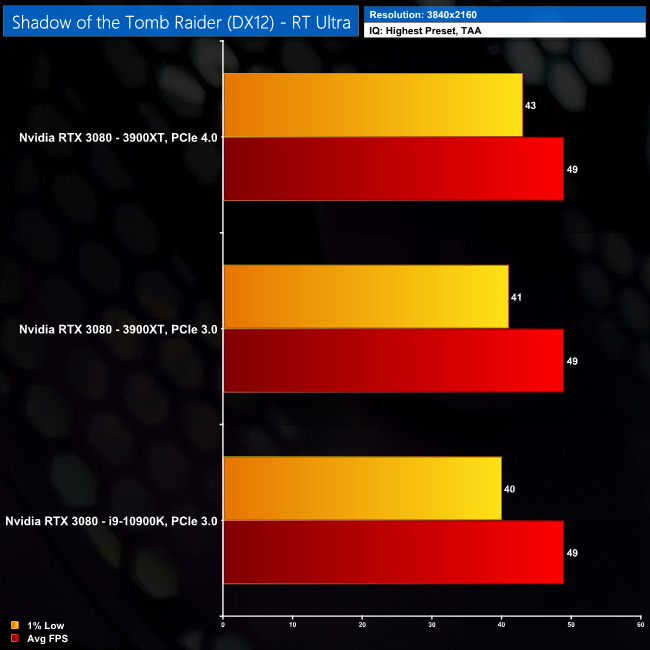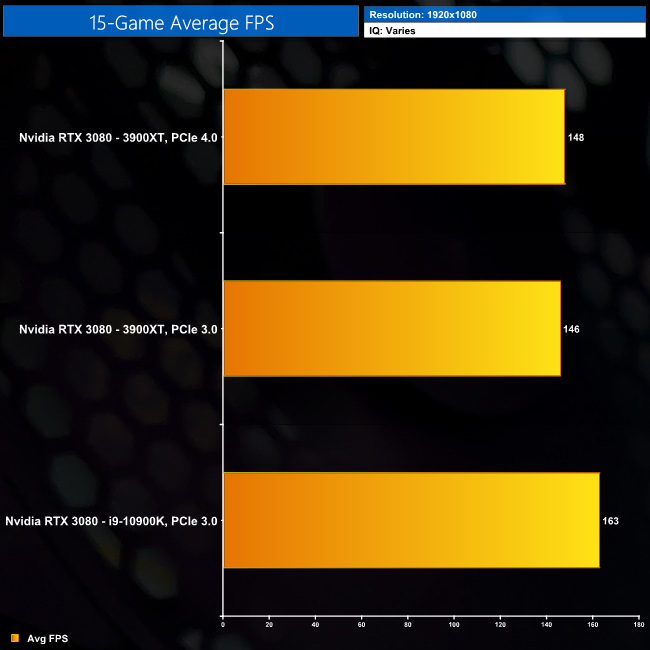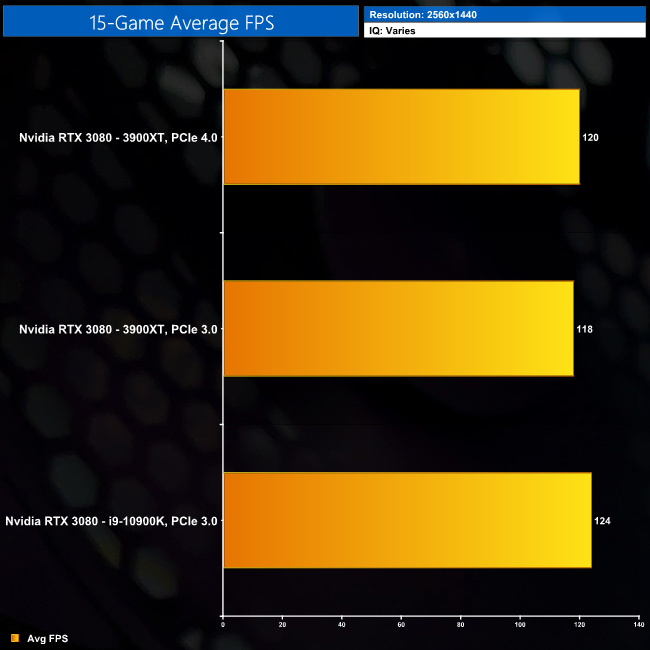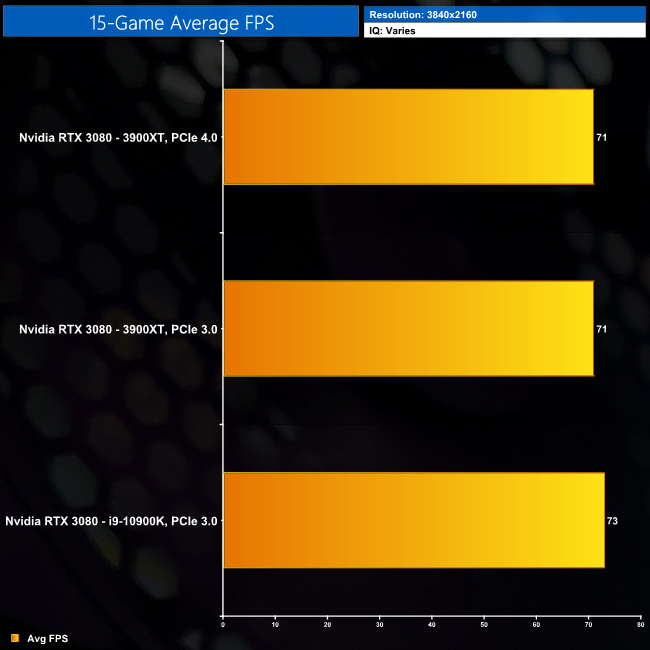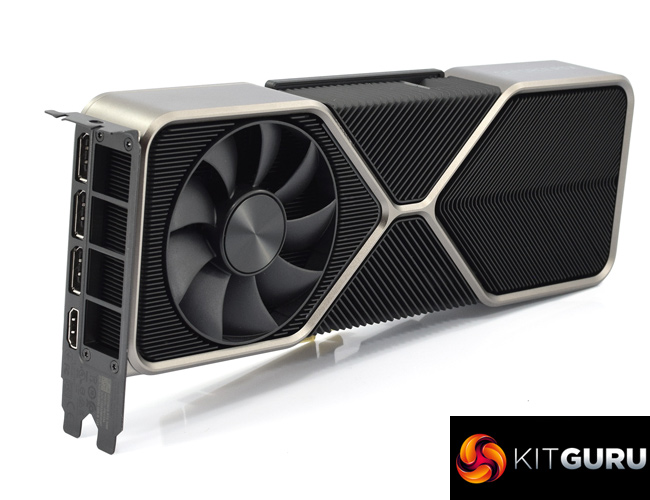By the time you are reading this, RTX 3080 reviews will be live and we will know exactly how fast this new Ampere GPU really is. But what about PCIe 4.0 – does it make a difference? Were we wrong to use Intel's Comet Lake-S platform for our RTX 3080 review data? Let's answer that question by directly comparing RTX 3080 performance on AMD's X570 platform with PCIe 4.0, versus Intel Z490 and PCIe 3.0.
If you haven't already read our full RTX 3080 review, I would recommend doing so first. That will give you an idea of how this new GPU compares to the likes of the RTX 2080 Ti, GTX 1080 Ti and more. In this article, we are only looking at performance of the RTX 3080, but tested on different CPU platforms.
Here, we are comparing three sets of data. First of all, the data we used for our review – the RTX 3080 Founders Edition tested with an Intel i9-10900K overclocked to 5.1GHz, restricting us to PCIe 3.0 due to the Z490 platform. To give us an idea of PCIe Gen4 performance with this GPU, we turn to AMD's Ryzen 9 3900XT and the X570 platform. As a final data set, we also force PCIe 3.0 while testing with the Ryzen 9 3900XT.
| GPU | RTX 3090 | RTX 3080 | RTX 2080 Ti (FE) | RTX 2080 SUPER | RTX 2080 (FE) |
| SMs | 82 | 68 | 68 | 48 | 46 |
| CUDA Cores | 10496 | 8704 | 4352 | 3072 | 2944 |
| Tensor Cores | 328 | 272 | 544 | 384 | 368 |
| RT Cores | 82 | 68 | 68 | 48 | 46 |
| Texture Units | 328 | 272 | 272 | 192 | 184 |
| ROPs | 112 | 96 | 88 | 64 | 64 |
| GPU Boost Clock | 1695 MHz | 1710 MHz | 1635 MHz | 1815 MHz | 1800 MHz |
| Memory Data Rate | 19.5 Gbps | 19 Gbps | 14 Gbps | 15.5 Gbps | 14 Gbps |
| Total Video Memory | 24GB GDDR6X | 10GB GDDR6X | 11GB GDDR6 | 8GB GDDR6 | 8GB GDDR6 |
| Memory Interface | 384-bit | 320-bit | 352-bit | 256-bit | 256-bit |
| Memory Bandwidth | 936 GB/Sec | 760 GB/Sec | 616 GB/sec | 496.1 GB/sec | 448 GB/sec |
| TGP | 350W | 320W | 260W | 250W | 225W |
Driver Notes
- All Nvidia GPUs (except RTX 3000) were benchmarked with the 452.06 driver.
- RTX 3080 was benchmarked with the 456.16 driver supplied to press.
- All AMD GPUs were benchmarked with the Adrenalin 20.8.2 driver.
Test Systems
Our first test system is a custom built rig from PCSpecialist, based on Intel's latest Comet Lake-S platform. You can read more about it over HERE, and configure your own system from PCSpecialist HERE.
| CPU |
Intel Core i9-10900K
Overclocked to 5.1GHz on all cores |
| Motherboard |
ASUS ROG Maximus XII Hero Wi-Fi
|
| Memory |
Corsair Vengeance DDR4 3600MHz (4 X 8GB)
CL 18-22-22-42
|
| Graphics Card |
Varies
|
| System Drive |
500GB Samsung 970 Evo Plus M.2
|
| Games Drive | 2TB Samsung 860 QVO 2.5″ SSD |
| Chassis | Fractal Meshify S2 Blackout Tempered Glass |
| CPU Cooler |
Corsair H115i RGB Platinum Hydro Series
|
| Power Supply |
Corsair 1200W HX Series Modular 80 Plus Platinum
|
| Operating System |
Windows 10 2004
|
We also tested with a purpose-built AMD Ryzen machine, to enable PCIe 4.0 testing. This is uses a Ryzen 9 3900XT on the X570 platform.
| CPU |
Ryzen 9 3900XT
Overclocked to 4.4GHz on all cores |
| Motherboard |
ASUS TUF Gaming X570-Plus Wi-Fi
|
| Memory |
Corsair Vengeance DDR4 3600MHz (4 X 8GB)
CL 18-22-22-42
|
| Graphics Card |
Varies
|
| System Drive |
500GB Samsung 960 Evo M.2
|
| Games Drive | 1TB Kingston KC600 2.5″ SSD |
| Chassis | Fractal Meshify S2 Tempered Glass |
| CPU Cooler |
Corsair H115i Pro RGB Hydro Series
|
| Power Supply |
Corsair 1200W HX Series Modular 80 Plus Platinum
|
| Operating System |
Windows 10 2004
|
Software and Games List
- 3DMark Fire Strike & Fire Strike Ultra (DX11 Synthetic)
- 3DMark Time Spy (DX12 Synthetic)
- 3DMark Port Royal (DXR Synthetic)
- Control (DX12)
- Death Stranding (DX12)
- The Division 2 (DX12)
- Far Cry New Dawn (DX11)
- Gears 5 (DX12)
- Ghost Recon: Breakpoint (Vulkan)
- Horizon Zero Dawn (DX12)
- Metro: Exodus (DX12)
- Middle Earth: Shadow of War (DX11)
- Red Dead Redemption 2 (Vulkan)
- Shadow of the Tomb Raider (DX12)
- Total War Saga: Troy (DX11)
We run each benchmark/game three times, and present mean averages in our graphs. We use OCAT to measure average frame rates as well as 1% low values across our three runs.
3DMark Fire Strike is a showcase DirectX 11 benchmark designed for today’s high-performance gaming PCs. It is our [FutureMark’s] most ambitious and technical benchmark ever, featuring real-time graphics rendered with detail and complexity far beyond what is found in other benchmarks and games today.
First of all, we ran 3DMark's PCI Express feature test, and the results confirm that we have double the bandwidth available through PCIe 4.0 vs 3.0.
So far, there's not much to report with these synthetic tests. The Intel system outperforms the 3900 XT PCIe 4.0 system by 5% in Fire Strike, while remaining 1% faster in the rest of the benchmarks. We see no effective difference between the 3900XT Gen4 and Gen3 results.
Control is an action-adventure video game developed by Remedy Entertainment and published by 505 Games. Control was released on 27 August 2019 for Microsoft Windows, PlayStation 4, and Xbox One. (Wikipedia).
Engine: Northlight Engine. We test using the High preset, with 4x MSAA, DX12 API.
Our first game of the day is Control, and here we do see some difference at 1080p. The 3900XT PCIe 4.0 system outperforms its PCIe 3.0 equivalent by 3%, while it has a 1% lead over the Intel system too.
These are fine margins though, and as we increase the resolution, the results only get tighter. At 1440p, there's just 2FPS separating all three systems, while that shrinks to just 1FPS at 4K.
Death Stranding is an action game developed by Kojima Productions. It is the first game from director Hideo Kojima and Kojima Productions after their split from Konami in 2015. It was released by Sony Interactive Entertainment for the PlayStation 4 in November 2019 and by 505 Games for Windows in July 2020. (Wikipedia).
Engine: Decima. We test using the Very High preset, with TAA, DX12 API.
Moving onto Death Stranding, here we have a good example of Intel outperforming AMD for 1080p gaming, as our Intel system pulls 10% ahead of the 3900XT Gen4 test data.
That difference is eliminated at 1440p resolution, and there we can see the AMD Gen4 system edging ahead of the AMD Gen3 system by 5FPS, or 3%. At 4K, there's a 2FPS/2% lead for the Gen4 data as well.
Tom Clancy's The Division 2 is an online action role-playing video game developed by Massive Entertainment and published by Ubisoft. The sequel to Tom Clancy's The Division (2016), it is set in a near-future Washington, D.C. in the aftermath of a smallpox pandemic, and follows an agent of the Strategic Homeland Division as they try to rebuild the city. (Wikipedia).
Engine: Snowdrop. We test using the Ultra preset, but with V-Sync disabled, DX12 API.
Next up is The Division 2. At 1080p, our Intel test system is 6% faster than the Ryzen 3900XT with PCIe 4.0. Moving to PCIe 3.0 on the AMD system does make a small difference though, but only 2%.
At 1440p, Intel remains 3% faster than AMD, while that margin remains consistent at 4K. AMD's PCIe 4.0 results are 1% better than their PCIe 3.0 results at 1440p, but there's no difference at 4K.
Far Cry New Dawn is an action-adventure first-person shooter developed by Ubisoft Montreal and published by Ubisoft. The game is a spin-off of the Far Cry series and a narrative sequel to Far Cry 5. It was released for Microsoft Windows, PlayStation 4 and Xbox One on February 15, 2019. (Wikipedia).
Engine: Dunia 2. We test using the Ultra preset, with the HD Textures pack, DX11 API.
Far Cry New Dawn is the perfect example of a game that doesn't give a toss about PCIe 4.0, instead the CPU is very much the bottleneck here. At 1080p, our Intel system is 21% faster than either AMD system, with PCIe 4.0 making no difference at all.
As we step up to 1440p, Intel is still 16% faster than either of the 3900XT test rigs, and even at 4K performance is best on Team Blue to the tune of 5%.
Gears 5 is a third-person shooter video game developed by The Coalition and published by Xbox Game Studios for Microsoft Windows and Xbox One. It is the sixth instalment of the Gears of War series, and is the second Gears of War game not to be developed by Epic Games.
Engine: Unreal Engine 4. We test using the Ultra preset, with Best Animation Quality (instead of Auto), DX12 API.
The performance trend in Gears 5 isn't that different to Far Cry. Here, Intel's gaming superiority at 1080p comes to the fore again, with our 10900K system outperforming the AMD systems by 14%. There is a single FPS difference between AMD with PCIe Gen4 vs with Gen3, too, but that'd be well within margin for error.
At 1440p, the Intel test system is still providing better results than our PCIe Gen4 data, though the margin has shrunk to 7%. Lastly, at 4K, there's just a 3FPS difference between the results, regardless of CPU and PCIe bandwidth.
Tom Clancy's Ghost Recon Breakpoint is an online tactical shooter video game developed by Ubisoft Paris and published by Ubisoft. The game was released worldwide on 4 October 2019, for Microsoft Windows, PlayStation 4 and Xbox One, (Wikipedia).
Engine: AnvilNext 2.0. We test using the Very High preset, with AA disabled, Vulkan API.
It's more of the same in Ghost Recon: Breakpoint, albeit on a slightly smaller scale. The Intel system outperforms AMD with PCIe Gen4 across every resolution we tested – there's certainly not much in it at 1440p and 4K, but the overall performance crown remains with Intel.
We can see AMD's system doing better with PCIe 4.0 than with PCIe 3.0, but only by a 2% margin at most, resulting in just an extra 3FPS at 1440p.
Horizon Zero Dawn is an action role-playing game developed by Guerrilla Games and published by Sony Interactive Entertainment. The plot follows Aloy, a hunter in a world overrun by machines, who sets out to uncover her past. It was released for the PlayStation 4 in 2017 and Microsoft Windows in 2020. (Wikipedia).
Engine: Decima. We test using the Ultimate Quality preset, DX12 API.
Horizon Zero Dawn is a game we introduced specifically for this testing, as we saw a number of reports suggesting the game benefitted significantly from increased PCIe bandwidth – at least when moving from PCIe 3.0 x8 to x16. We wanted to see if that carried over to PCIe Gen4 with the RTX 3080.
The data certainly suggests some benefit for PCIe 4.0, but not a lot. At 1080p, PCIe 4.0 offers a 4% performance improvement over PCIe 3.0 when both tested on AMD's X570 platform. Despite that, our Intel system still records the highest frame rates, with an 8% lead over the 3900XT system using PCIe Gen4.
At 1440p, the AMD system with PCIe 4.0 outperforms its PCIe 3.0 equivalent by 3%, though the 10900K system is itself 3% ahead. At 4K, the margins shrink to just 2FPS regardless of the test system used.
Metro Exodus is a first-person shooter video game developed by 4A Games and published by Deep Silver in 2019. It is the third instalment in the Metro video game series based on Dmitry Glukhovsky's novels, following the events of Metro 2033 and Metro: Last Light. (Wikipedia).
Engine: 4A Engine. We test using the Ultra preset, but with Hairworks and Advanced PhysX turned off, DX12 API.
Metro Exodus is another game that cares far more about the CPU than it does PCIe bandwidth. Our Intel system takes the top spot across every resolution tested, including a significant 24% performance advantage at 1080p. There's no difference between the two AMD systems, except at 4K where the 1FPS advantage for the PCIe 4.0 data is again well within margin of error.
Middle-earth: Shadow of War is an action role-playing video game developed by Monolith Productions and published by Warner Bros. Interactive Entertainment. It is the sequel to 2014’s Middle-earth: Shadow of Mordor, and was released worldwide for Microsoft Windows, PlayStation 4, and Xbox One on October 10, 2017. (Wikipedia).
Engine: LithTech Firebird. We test using the Very High preset, DX11 API.
Up next is Middle earth Shadow of War, and there's not much to cover here – our Intel system wins across the board once more, with Gen4 vs Gen3 not coming into play at all apart from another 1FPS difference at 4K.
Red Dead Redemption 2 is a 2018 action-adventure game developed and published by Rockstar Games. The game is the third entry in the Red Dead series and is a prequel to the 2010 game Red Dead Redemption. Red Dead Redemption 2 was released for the PlayStation 4 and Xbox One in October 2018, and for Microsoft Windows and Stadia in November 2019. (Wikipedia).
Engine: Rockstar Advanced Game Engine (RAGE). We test by manually selecting High settings, not using a preset, including TAA, Vulkan API.
As for Red Dead Redemption 2, we're heavily CPU bottlenecked at 1080p, and in fact the performance numbers from our AMD system didn't change at all as we increased the resolution to 1440p. The Intel system was 7% faster at that resolution.
At 4K, however, we see one of the very very few occasions where the AMD system with PCIe 4.0 outperforms our Intel machine. Granted, it's a difference of just 2FPS so let's not get carried away here, but it is a break in the overall trend we have seen today.
Shadow of the Tomb Raider is an action-adventure video game developed by Eidos Montréal in conjunction with Crystal Dynamics and published by Square Enix. It continues the narrative from the 2013 game Tomb Raider and its sequel Rise of the Tomb Raider, and is the twelfth mainline entry in the Tomb Raider series. The game released worldwide on 14 September 2018 for Microsoft Windows, PlayStation 4 and Xbox One. (Wikipedia).
Engine: Foundation Engine. We test using the Highest preset, with TAA, DX12 API.
Apart from a strong performance lead in favour of Intel at 1080p, the results in Shadow of the Tomb Raider are pretty much identical at 1440p and 4K, so this is another game which doesn't seem to care about PCIe 4.0.
Total War Saga: Troy is a 2020 turn-based strategy video game developed by Creative Assembly Sofia and published by Sega. The game was released for Windows on 13 August 2020 as the second installment in the Total War Saga subseries, succeeding Thrones of Britannia (2018). (Wikipedia).
Engine: TW 3 Engine. We test using the Ultra preset, DX11 API.
Total War Saga: Troy does show some performance gains with PCIe 4.0. Granted, the 10900K system is still faster at 1080p, but the 3900XT with PCIe 4.0 is 3% faster than the same CPU with PCIe 3.0. In fact, at 1440p, that lead actually grows to 4%. Again, not really a game changer, but one of the largest difference we have seen today.
Here we revisit Control, this time with ray tracing effects set to High.
Turning on ray tracing effects in Control brings us the single biggest gain for PCIe 4.0 vs PCIe 3.0 from across all of our testing today – an improvement of 5% at 1080p. That was when comparing just the AMD test systems, but the 3900XT with PCIe 4.0 is still 2% faster than the 10900K at 1080p.
The margins shrink at 1440p, but we still see a 3% benefit to PCIe 4.0 when tested with the 3900XT. Lastly, the figures at 4K are essentially identical regardless of CPU or PCIe bandwidth.
Here we revisit Metro Exodus, this time with ray tracing effects set to Ultra.
The performance trends within Metro Exodus don't really change when turning RT on. The game still prefers Intel hardware across the board, and Gen4 vs Gen3 with the 3900XT doesn't make any meaningful difference.
Here we revisit Shadow of the Tomb Raider, this time with ray tracing effects set to Ultra.
At 1080p in Shadow of the Tomb Raider, we do see some benefit to PCIe 4.0, as the 3900XT results with Gen4 are 3% higher than the same CPU running PCIe 3.0. However, that still only puts performance on par with our Intel system, which remains the case at 1440p and 4K resolutions.
Here we present frame rate figures for each test system used today, averaged across all 12 (plus 3 re-tested with RTX on) games on test today. These figures can disguise significant variations in performance from game to game, but provide a useful overview of the sort of performance difference we have seen.
There's a couple of key points to make here. First of all, if you've gone through our game-by-game breakdown, you will not be surprised to see PCIe 4.0 makes very little overall difference compared to PCIe 3.0. Almost nothing, in fact – at 1440p, the average difference between the 3900XT with PCIe 4.0 and the same CPU with PCIe 3.0, is a mere 2%, or 2FPS. At 4K, the difference is reduced to exactly nothing.
The other point to bring up is CPU bottlenecking. At 1080p, the 10900K is simply a faster gaming CPU than the 3900XT, performing 10% better on average despite its PCIe 3.0 limitation. Even at 1440p and 4K, it's simply averaging higher frame rates than the 3900XT with PCIe 4.0.
Concluding this article is relatively straightforward. As of right now, performance improvements to be had when using the RTX 3080 on a PCIe 4.0 interface are very small at best, and in many cases are simply non-existent.
That's not to say we didn't observe some difference. In a few games we tested – including Control with RTX On, Horizon Zero Dawn and Total War Saga: Troy – PCIe 4.0 can net up to 5% better performance versus the older PCIe 3.0 standard, when tested with a Ryzen 3900XT. The fact remains that these are best case scenarios, and even if we saw 5% gains in every single game, it's still not a big difference. The reality is many games simply do not care about PCIe bandwidth – at least not yet.
Right now, the choice of CPU is far more of a limiting factor for the RTX 3080. At 1080p, we observed the i9-10900K outperforming the 3900XT by 10% on average, while three games we tested had the difference over 20% in Intel's favour.
That means it's even harder to pin-point relative gains by switching to PCIe 4.0. The extra bandwidth seemingly helps most at 1080p, but that's the same resolution where Intel is able to outperform AMD by a not insignificant margin, muddying the waters somewhat. It's possible we will get a clearer idea of the true benefits of PCIe 4.0 if Zen3 is as fast as we hope it is, but that's all hypothetical at this point.
Then again, the differences at 1440p and 4K are much less significant. While our 3900XT system with PCIe 4.0 produced on average 2% higher frame rates than the same CPU with PCIe 3.0, the Intel system's lead was in turn reduced to just 3%. At 4K, the margins of difference grow even smaller.
For KitGuru, we will continue to use our i9-10900K test system for our reviews in the immediate future, but as games progress and we start to see more benefits to PCIe 4.0, we will no doubt have to make the jump sooner rather than later. Whether that is to an AMD Zen3-based test system, or an Intel Alder Lake machine, we will have to wait and see.
RTX 3080 Founders Edition has a UK MSRP of £649 and will be available for purchase directly from Nvidia HERE. Custom cards will be available from Overclockers UK starting at £649.99 HERE.
Discuss on our Facebook page HERE.
KitGuru says: It's been fascinating to test the RTX 3080 on both Intel and AMD systems these last few days. Right now, PCIe 4.0 doesn't make much difference at all, but as technology and games progress it's only going to become more important for gaming.
 KitGuru KitGuru.net – Tech News | Hardware News | Hardware Reviews | IOS | Mobile | Gaming | Graphics Cards
KitGuru KitGuru.net – Tech News | Hardware News | Hardware Reviews | IOS | Mobile | Gaming | Graphics Cards


